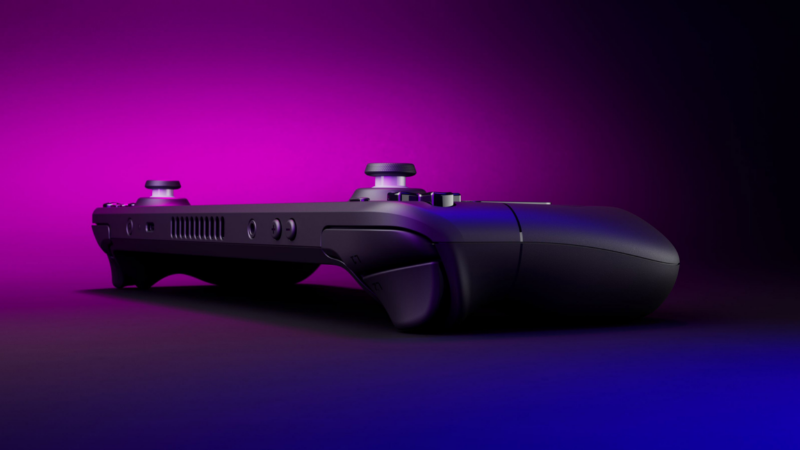Valve's SteamOS 3.5 Previews VRR and HDR for Steam Deck
SteamOS 3.5 adds multiple features for Steam Deck.

Valve has unveiled the beta version of its SteamOS 3.5 for its Steam Deck. This update introduces a range of display settings, performance boosts, and system enhancements for the portable game console, reports Phoronix. In addition, the update optimizes gaming performance for titles like Starfield.
When connecting their devices to compatible external displays, Steam Deck users can now experience Variable Refresh Rates (VRR) and High Dynamic Range (HDR). Additionally, the color rendering has been adjusted to provide a richer and warmer visual quality, reports The Verge. For those who wish to personalize their display settings further, options to modify color vibrancy and temperature have been added.
On the performance front, SteamOS 3.5 promises a smoother gaming experience. The graphics drivers have been refined, leading to notable improvements in games, including Starfield, a popular new space RPG. While this game is not officially endorsed for the Steam Deck, many gamers are playing it on the device. Another enhancement is the quicker sleep and resume functionality to return users to their games faster.
There are several system-related upgrades for those using the Linux Desktop Mode on their Steam Deck. The foundation, Arch Linux, has received an update, and the Plasma desktop interface has been revamped. This new interface version presents an updated app store, innovative widgets, and a revamped window tiling mechanism, enhancing user experience.
Lastly, the update delves into the device's BIOS settings. Users now have 'voltage offset settings,' potentially allowing for adjustments in the device's power consumption and performance. Those eager to experience the new features of SteamOS 3.5 can access the preview version through the device's settings, with an option to revert if stability issues arise.
Get Tom's Hardware's best news and in-depth reviews, straight to your inbox.

Anton Shilov is a contributing writer at Tom’s Hardware. Over the past couple of decades, he has covered everything from CPUs and GPUs to supercomputers and from modern process technologies and latest fab tools to high-tech industry trends.
-
scottscholzpdx This could have supported VRR from the beginning and didn't?Reply
That should have been a day one feature with such an anemic chipset. I probably would have purchased one instead of an ultrabook gaming laptop. Games would have felt a lot smoother. -
_dawn_chorus_ Reply
I use VRR religiously on my desktop system (screen tearing is my bane, latency be damned) but after over a year of owning a steam deck, and hundreds of hours logged on it, I have never seen a screen tear or felt the need for VRR. If you use it with an external display it might be a different story though. Either way nice it's there now as an option.scottscholzpdx said:This could have supported VRR from the beginning and didn't?
That should have been a day one feature with such an anemic chipset. I probably would have purchased one instead of an ultrabook gaming laptop. Games would have felt a lot smoother.